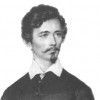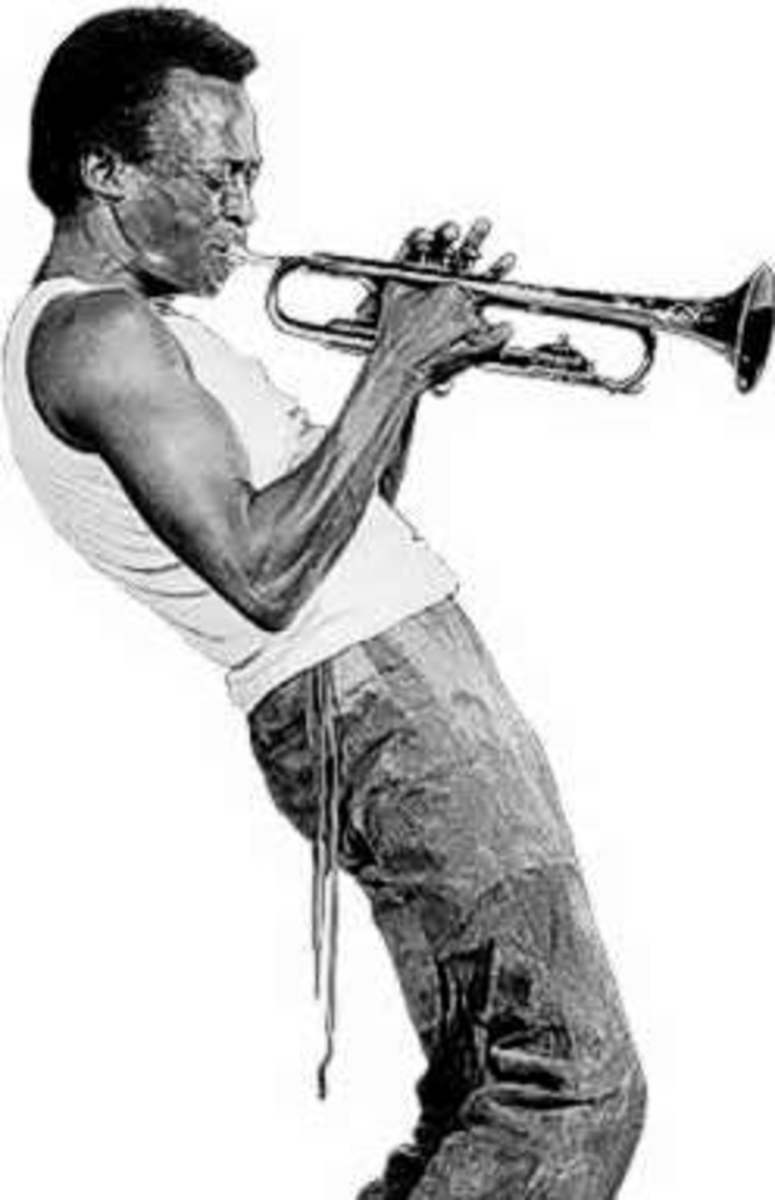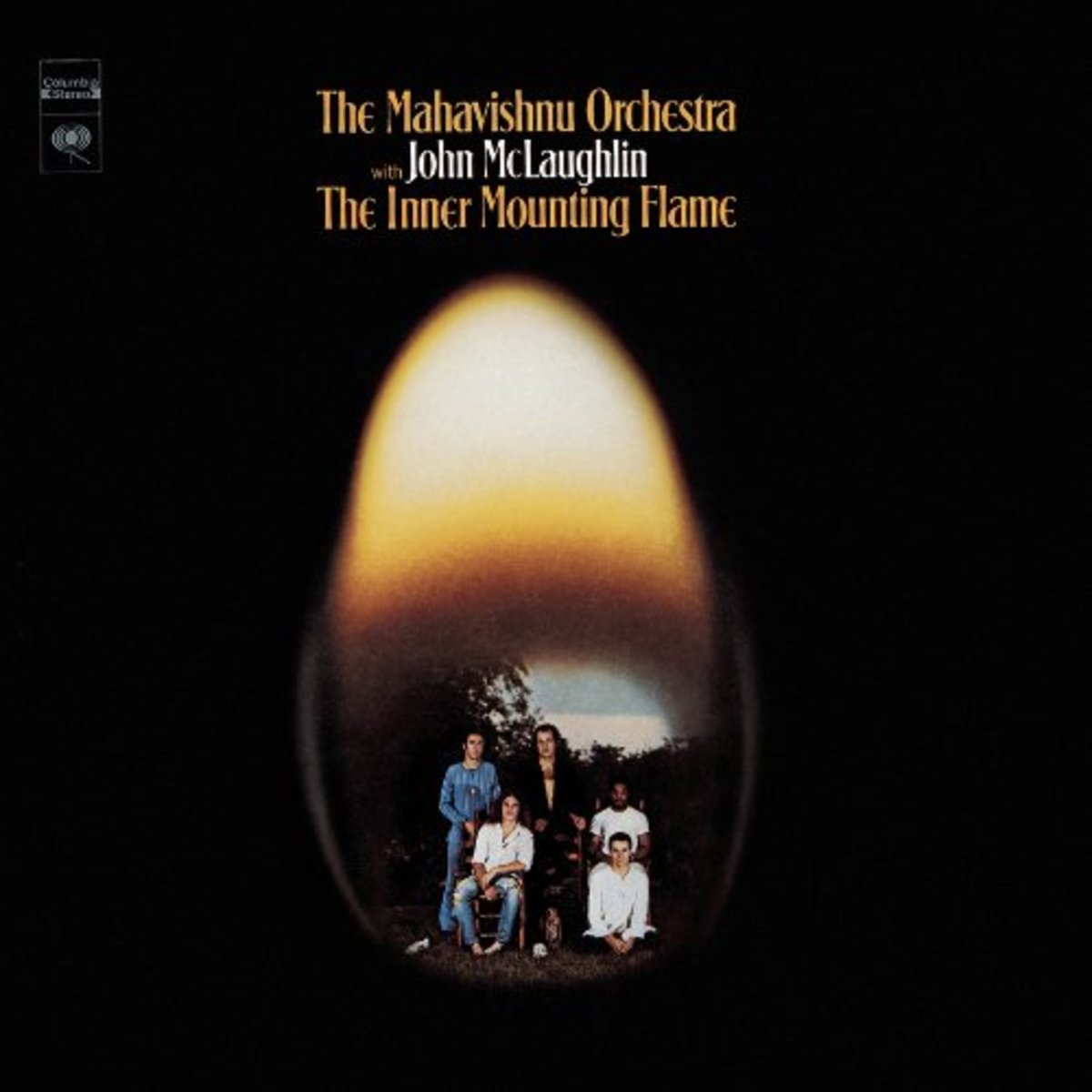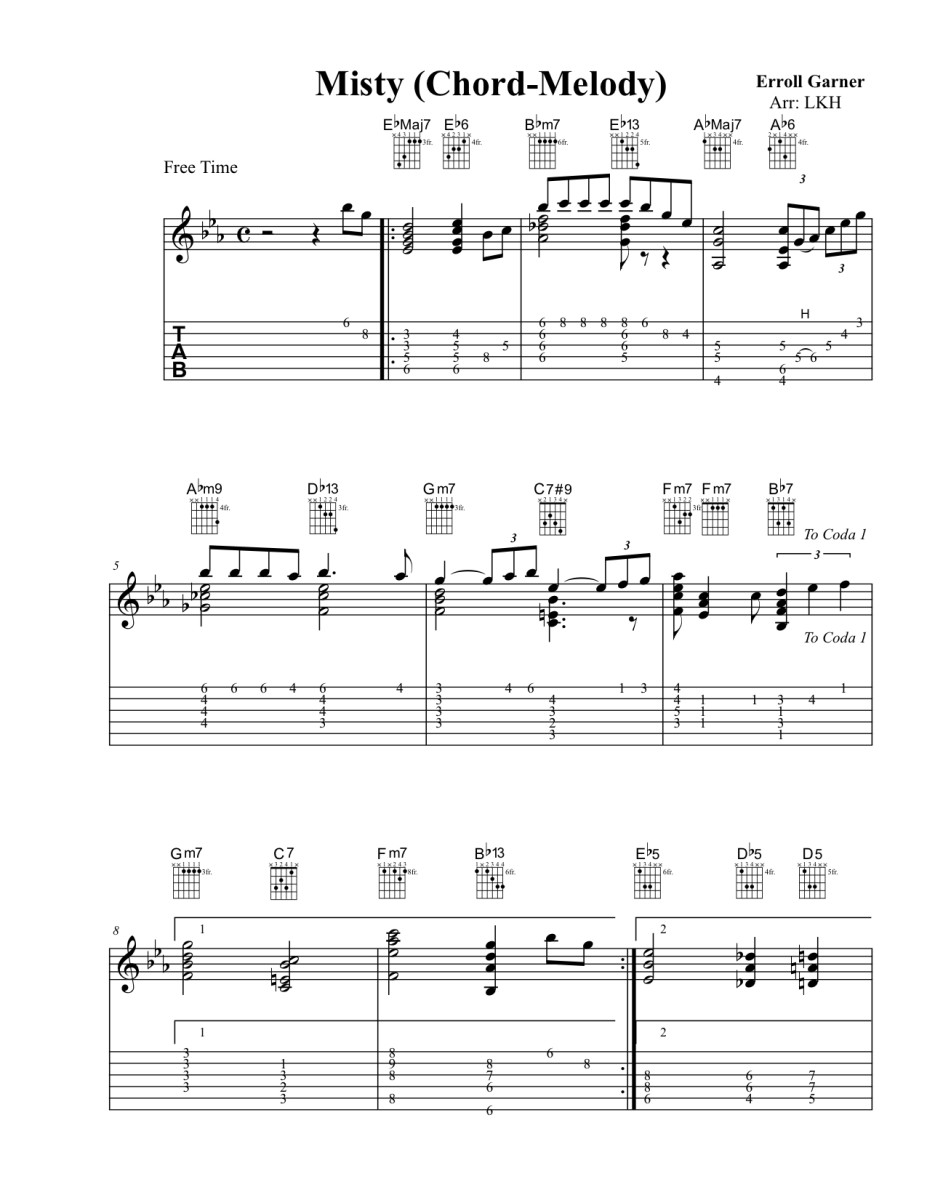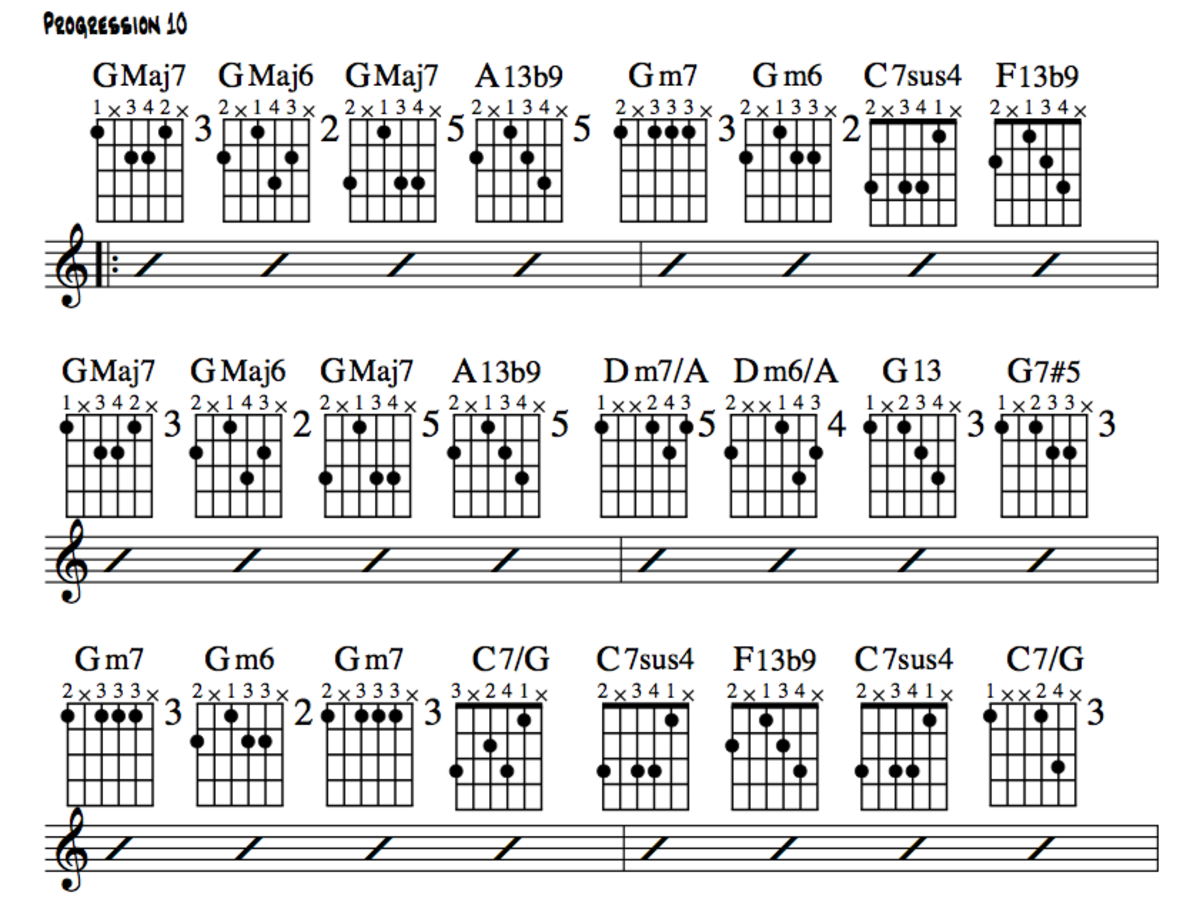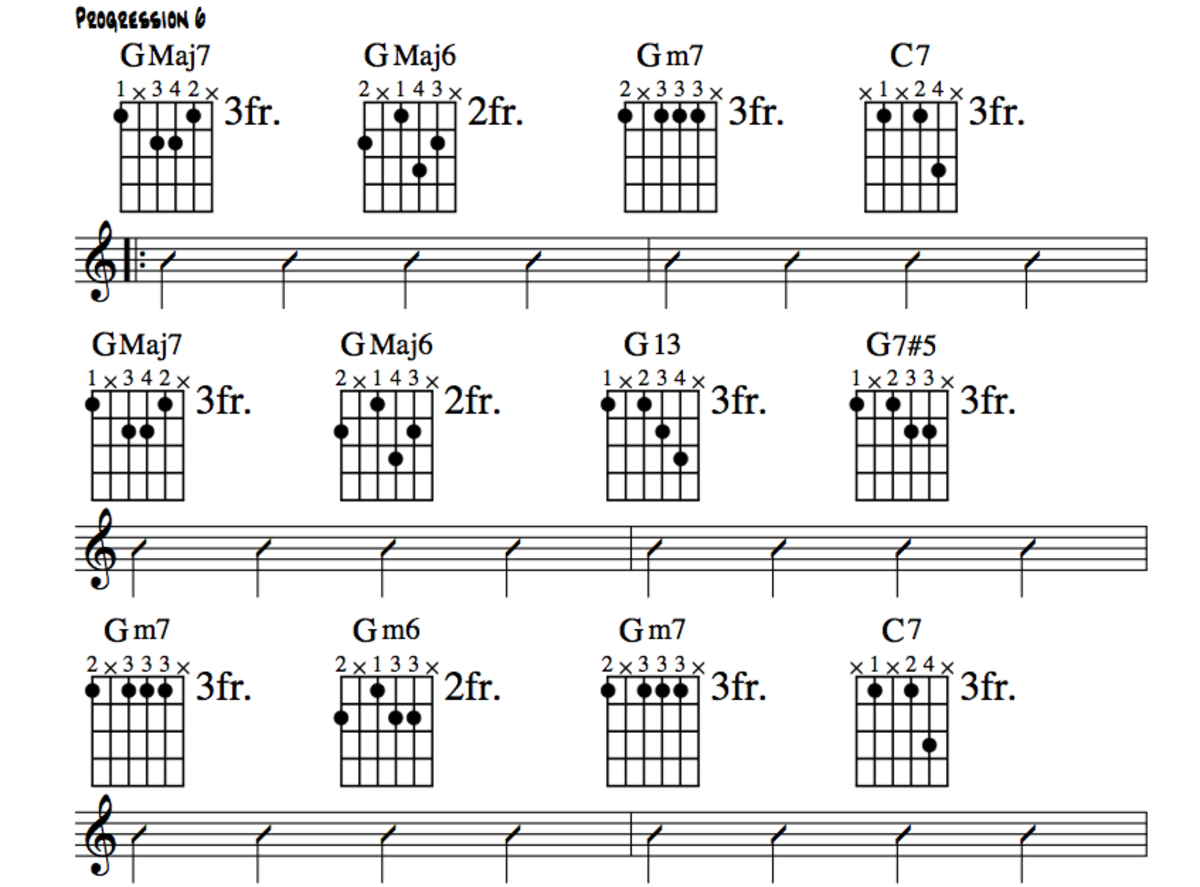Bix Beiderbecke - America's First, Great, White Jazz Legend
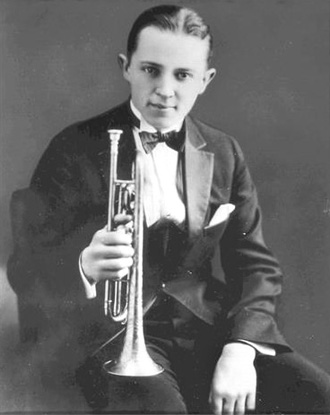
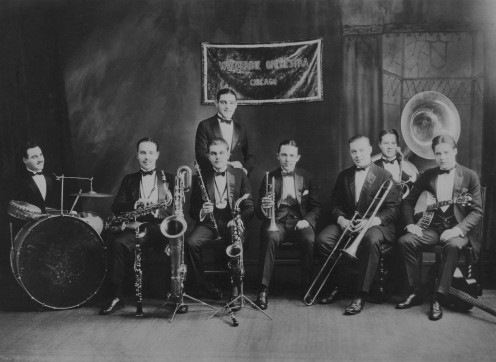
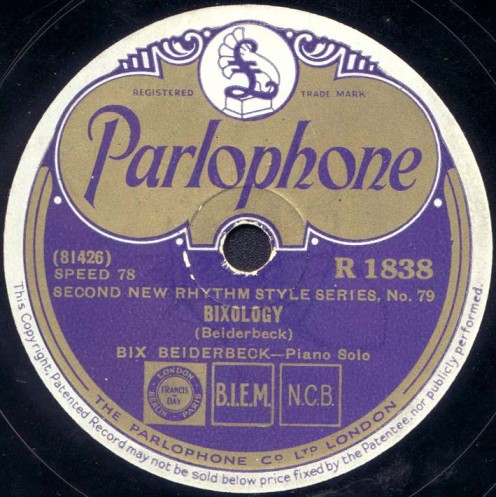
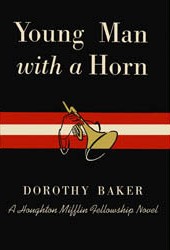
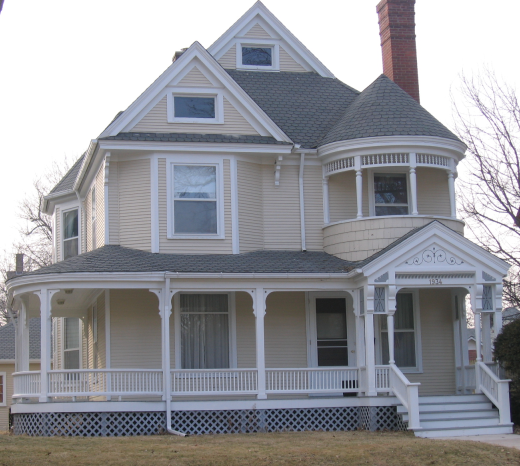
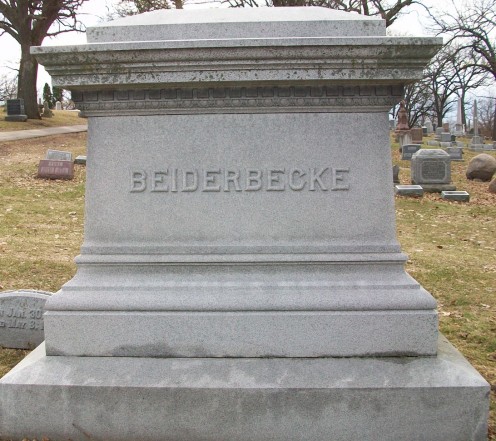
====================
Bix Beiderbecke – America’s First Great White Jazz Legend
====================
On August 6, 1931, Leon Bismark Beiderbecke died in an apartment in Queens, NY of alcohol abuse and pneumonia. Along with Louis Armstrong, Bix Beiderbecke was one of the two most influential jazz soloists of the 1920s.
----------------------------------
At age 28, he influenced jazz musicians, both white and black. In his brief lifetime, he helped to invent the ballad style of jazz, which became known as "cool jazz" in the 1950s. His piano composition "In a Mist", recorded in 1927, combined classical influences with jazz syncopation. There is little doubt that Bix Beiderbecke was America’s first great, white jazz legend.
-----------------------------
When most jazz coronet players had switched over to the trumpet, Bix remained faithful to the coronet. That and his unorthodox fingering gave him a tone unmatched by anyone in that era. Hoagy Carmichael once described Bix’s bell-like tones as sounding like "the sound of a mallet striking chimes" and Eddy Condon described it as sounding like "a woman saying yes". Louis Armstrong is quoted as saying, "Lotta cats tried to play like Bix, aint none of them succeeded yet".
--------------------------------
In 1938, after merely listening to some of Bix’s records, Dorothy Baker was inspired to write the novel "Young Man with a Horn" which was later made into a movie starring Kirk Douglas, Lauren Bacall and Doris Day. Many of Bix’s solos were recorded prior to 1925, when acoustic recording was gradually replaced by electronic recording methods so the full effect of his playing may not always be apparent in some of his recordings.
------------------------------
Bix was born in Davenport, Iowa on March 10, 1903. He taught himself to play the coronet largely by ear. His first recordings were with the Wolverines in 1924; 21 months before Louis Armstrong made his Hot Five recordings. Between February and October of 1924, they recorded 15 sides for Gennett Records. Where Armstrong emphasized showmanship and virtuosity, Bix emphasized the melody even when improvising.
===================
Who was Dorothy Baker?
Royal Garden Blues - 1927
Goose Pimples
================================
Bix left the Wolverines in October of 1924 to play for Jean Goldkette in Detroit who recorded for the Victor Talking Machine Company. His stay there didn’t last long because the musical director at Victor didn’t like Bix’s style and the fact that he couldn’t read music. The next summer he played with his friends Don Murray and Howdy Quicksell at a lake resort in Michigan.
--------------------------------
The band was run by Jean Goldkette and it was there that Bix met Frankie Trumbauer, the C-melody saxaphone player. The two of them got along both personally and musically and together they made some of Bix’s best recordings including "Singing the Blues" which follows.
===================================
Who was Frankie Trumbauer?
- Frankie Trumbauer
Frankie Trumbauer biography. A history of Jazz before 1930. This site contains over 3000 songs from this era in Real Audio 3 format, as well as hundreds of biographies and discographies of Jazz musicians. - Frankie Trumbauer - Wikipedia, the free encyclopedia
Singing the Blues - Bix and Tram
====================================
In October of 1927, Bix and Tram joined the Paul Whiteman Orchestra, the most popular and highest paid band of its day. However, the relentless touring and recording schedule only made his drinking problem worse. On November 30, 1928, Bix suffered a nervous crisis, which was in all probability an attack of delirium tremors. In February of 1929, Bix returned home to Davenport seeking treatment for his alcoholism. While he was away, Whiteman kept a chair empty in Bix’s honor.
-----------------------------------------
On September 8, 1930, Bix Beiderbecke made his next to last recording. The first part of this record is typical of the music of the period. Half hungover, Bix sat in his chair half asleep. When it came time for him to play, he picked up his homburg, and using it as a mute, played the beautiful brief solo that you will hear at the end of this next recording.
=======================================
Who was Paul Whiteman?
Bix's next to last recording
=========================================
This is my 100th Hub and so I would like to finish it with my favorite Bix Beiderbecke recording - "I'm Coming Virginia". I always thought that if anyone ever made an actual movie of his life, this is the song that would be playing at the end of the film when the credits were running. Bix Beiderbecke died in 1931, but eighty years later, in 2011, his music still lives on.
=========================================
I'm Coming Virginia
More jazz Legends by rjsadowski
- Jazz Legends - Louis Armstrong
Louis Armstrong was one of the creative geniuses of early jazz. His style of trumpet playing influenced an entire generation of musicians both white and black. A desciple of King Oliver, his hot five and hot seven recordings in the 1920s, took trumpe - Jazz Legends - Bunny Berigan
Influenced by both Bix Beiderbecke and Louis Armstrong, his hot solos helped launch the swing era. Born in Fox Lake, Wisconsin, in 1908, he rose like a rocket to be the number one trumpet player by 1937 when he recorded his classic solo on - Jazz Legends - The Original Dixieland Jazz Band
They weren't the first band to play jazz and they weren't the best band, but they were the first ones to record it in 1917. Music which was played mostly in New Orleans and Chicago, suddenly became available to everyone. Livery Stable Blues was their
